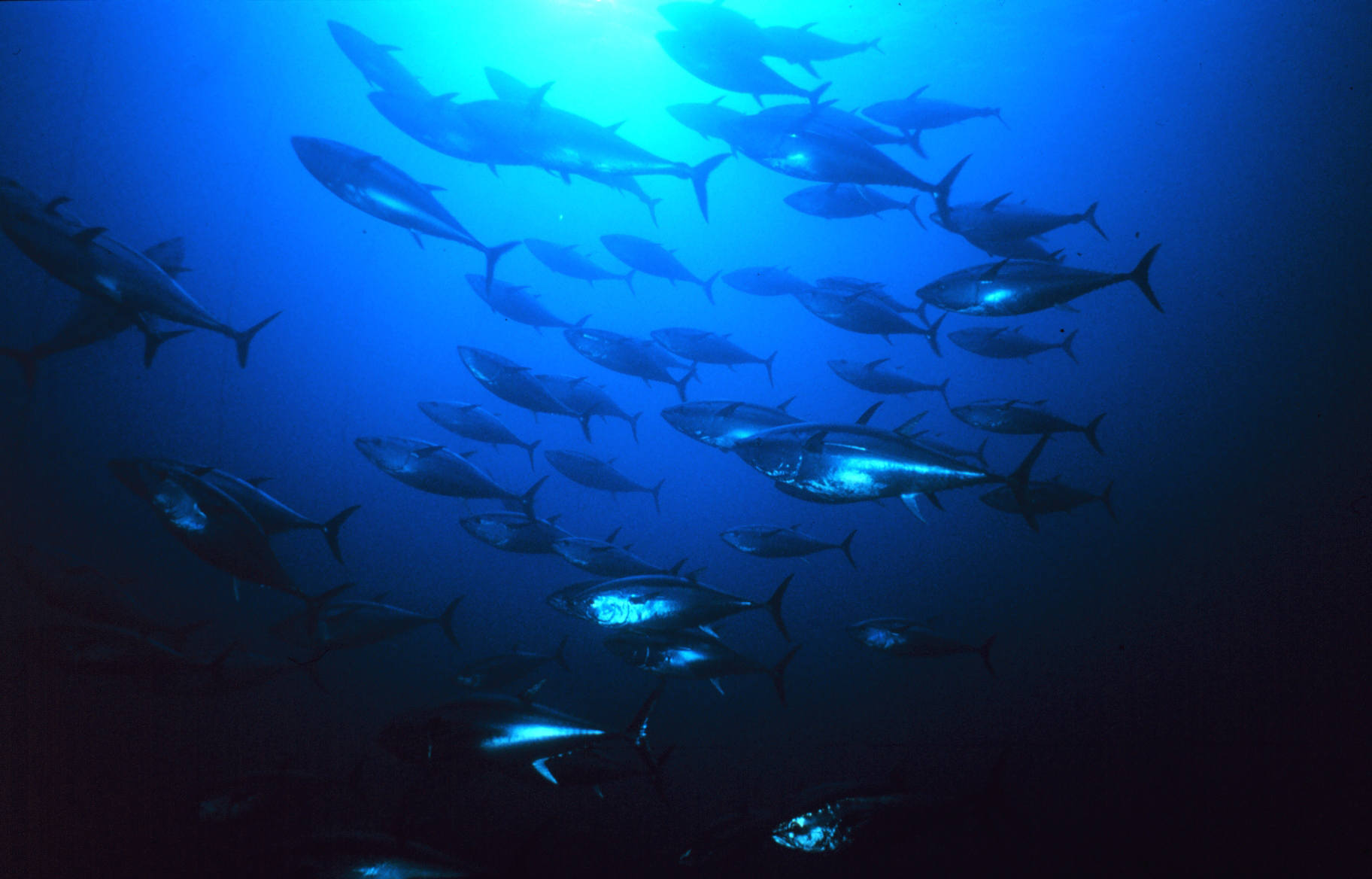 |
| Photo by Matthew Hoelscher |
Significant long-term fisheries migrations are likely to occur due to the impact of climate change on ocean temperatures.
Marine Biologists predict a large-scale poleward shift of marine fish and invertebrates using measurable data and computer simulations known as species distribution models (SDM).
"As fish move to cooler waters, this generates new opportunities for fisheries in the Arctic. On the other hand it means it could disrupt the species that live there now and increase competition for resources.”
― Miranda Jones, a University of British Columbia Nereus Fellow
| Worst Case | Best Case |
|---|---|
| Earth’s oceans warm by 3° C by 2100 | Earth’s oceans warm by 1° C by 2100 |
| Fish migrate poleward from current habitats at a rate of 26 km (16 miles) per decade. | Fish migrate poleward from current habitats at a rate of 15 km (9 miles) per decade. |
“So there is a kind of terrible irony that at the point that we are best able to understand and appreciate and value the richness of life around us, we are destroying it at a higher rate than it has ever been destroyed at all.”
― Douglas Adams, excerpt from Parrots, the Universe and Everything
Three SDMs AquaMaps, Princeton's Maxent model, and the Dynamic Bioclimate Envelope Model were used by Miranda Jones and William Cheung from the University of British Columbia Fisheries Centre to analyze the world oceans and predict patterns of change in fish species:
- Richness;
- Invasion; and
- Extinction intensity.
 |
|
Photo by Danilo Cedrone
|
“The tropics will be the overall losers. This area has a high dependence on fish for food, diet and nutrition. We’ll see a loss of fish populations that are important to the fisheries and communities in these regions.”
― William Cheung, University of British Columbia Fisheries Centre
REFERENCES
- Fish Migration, Wikipedia.
- Fish moving poleward at rate of 26 kilometres per decade, University of British Columbia Fisheries Centre, Science Daily, 10 October 2014.
- Multi-model ensemble projections of climate change effects on global marine biodiversity, Miranda C. Jones and William W. L. Cheung, ICES Journal of Marine Science, 8 September 2014.
- Species Extinction Happening 1,000 Times Faster Because of Humans? by Christine Dell'Amore, National Geographic, 29 May 2014.



